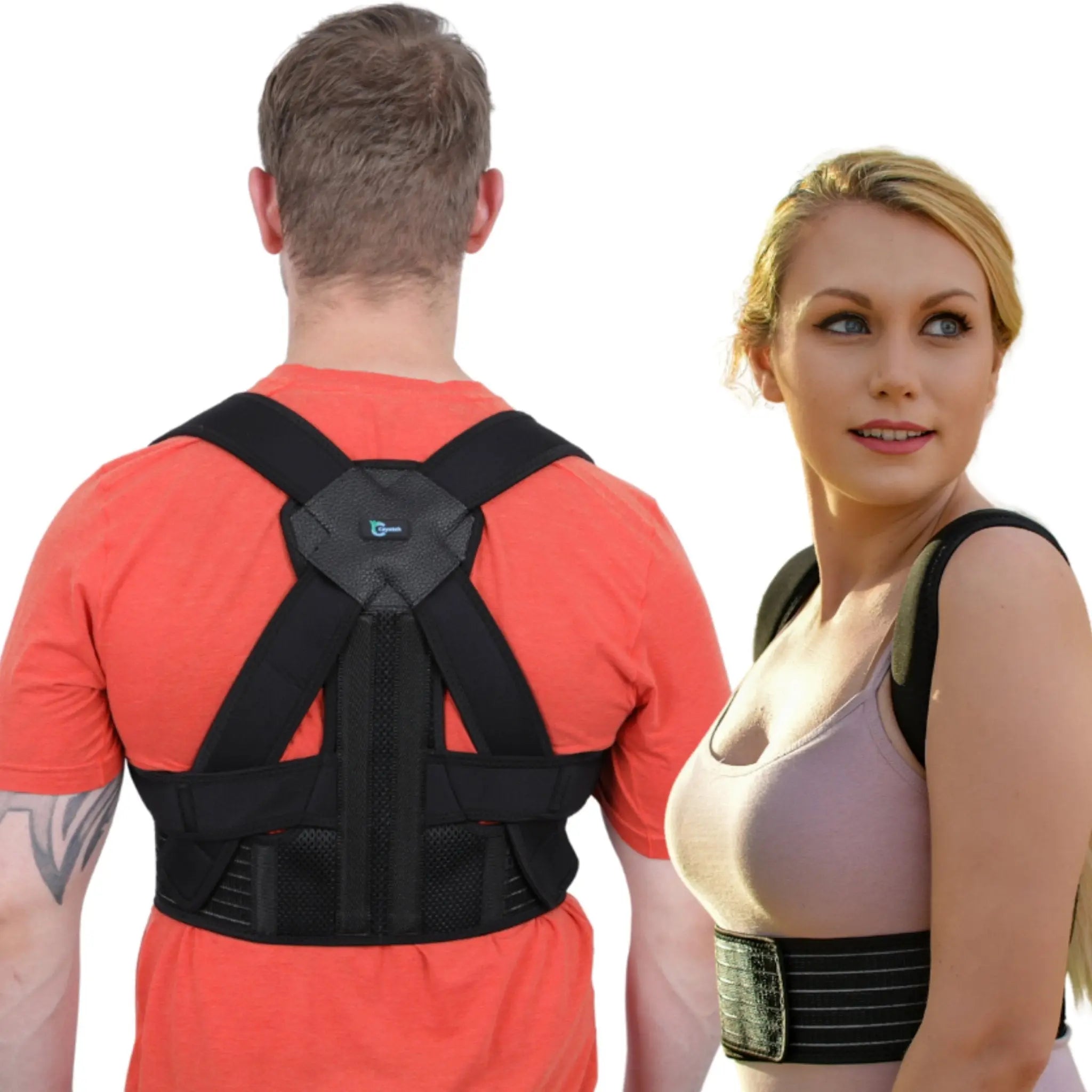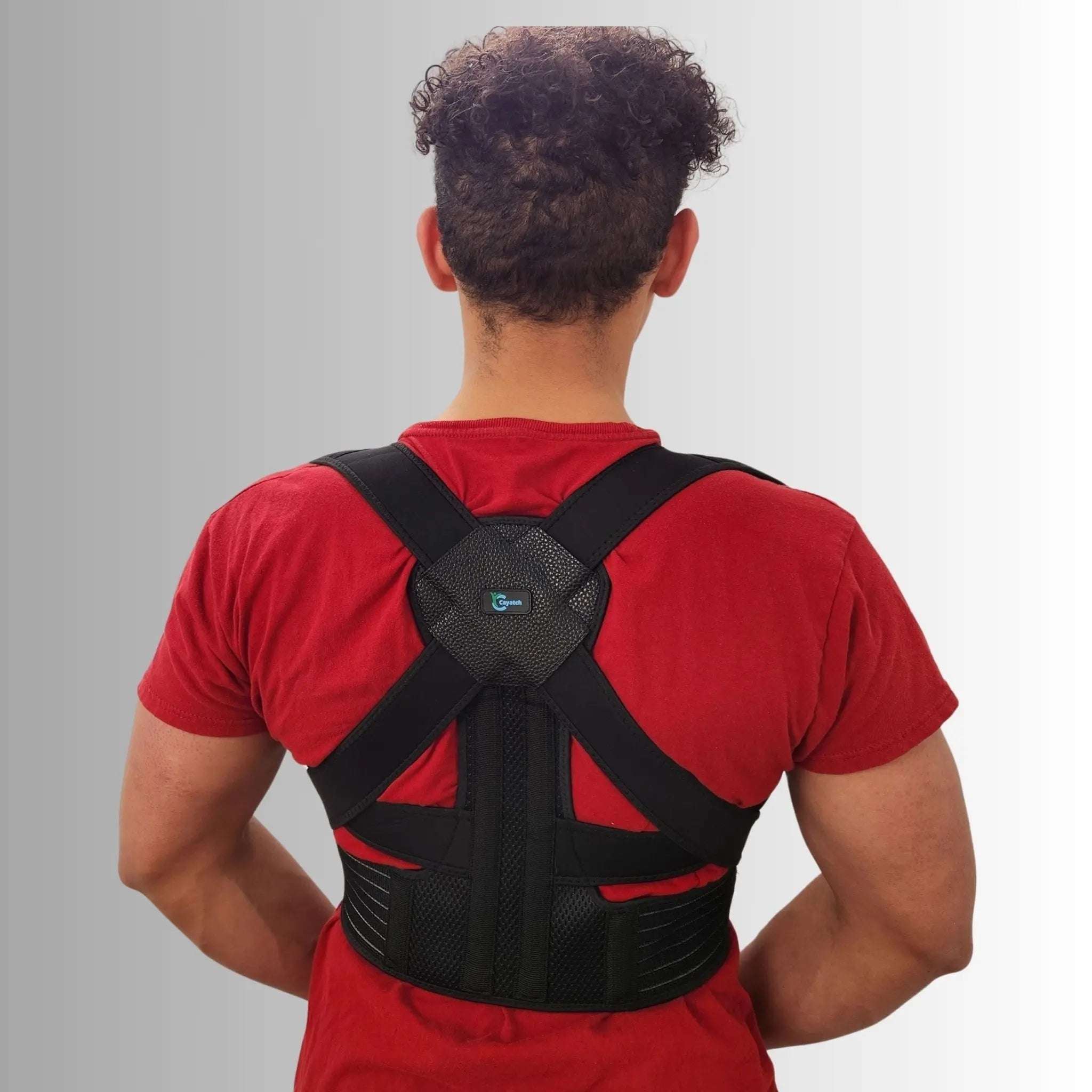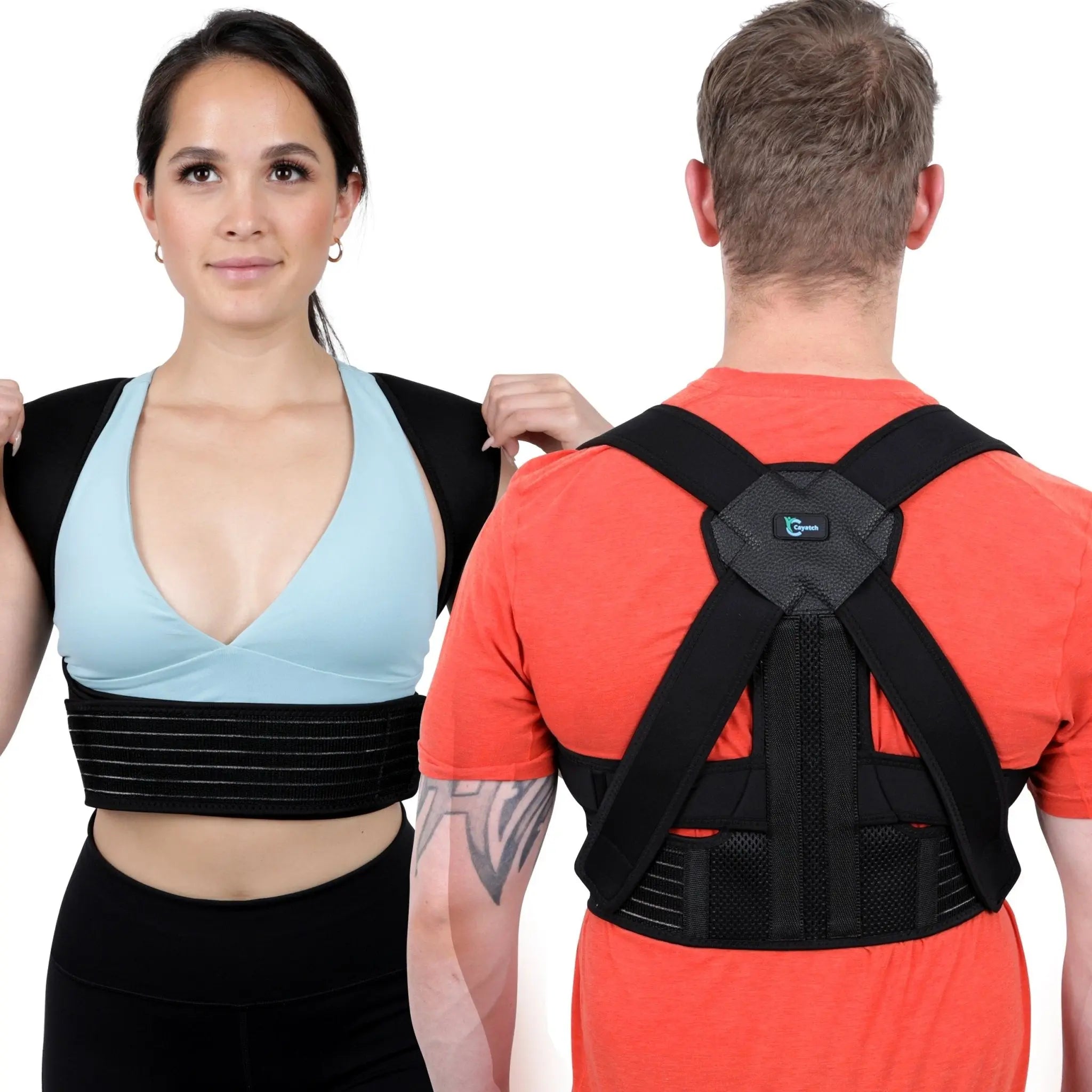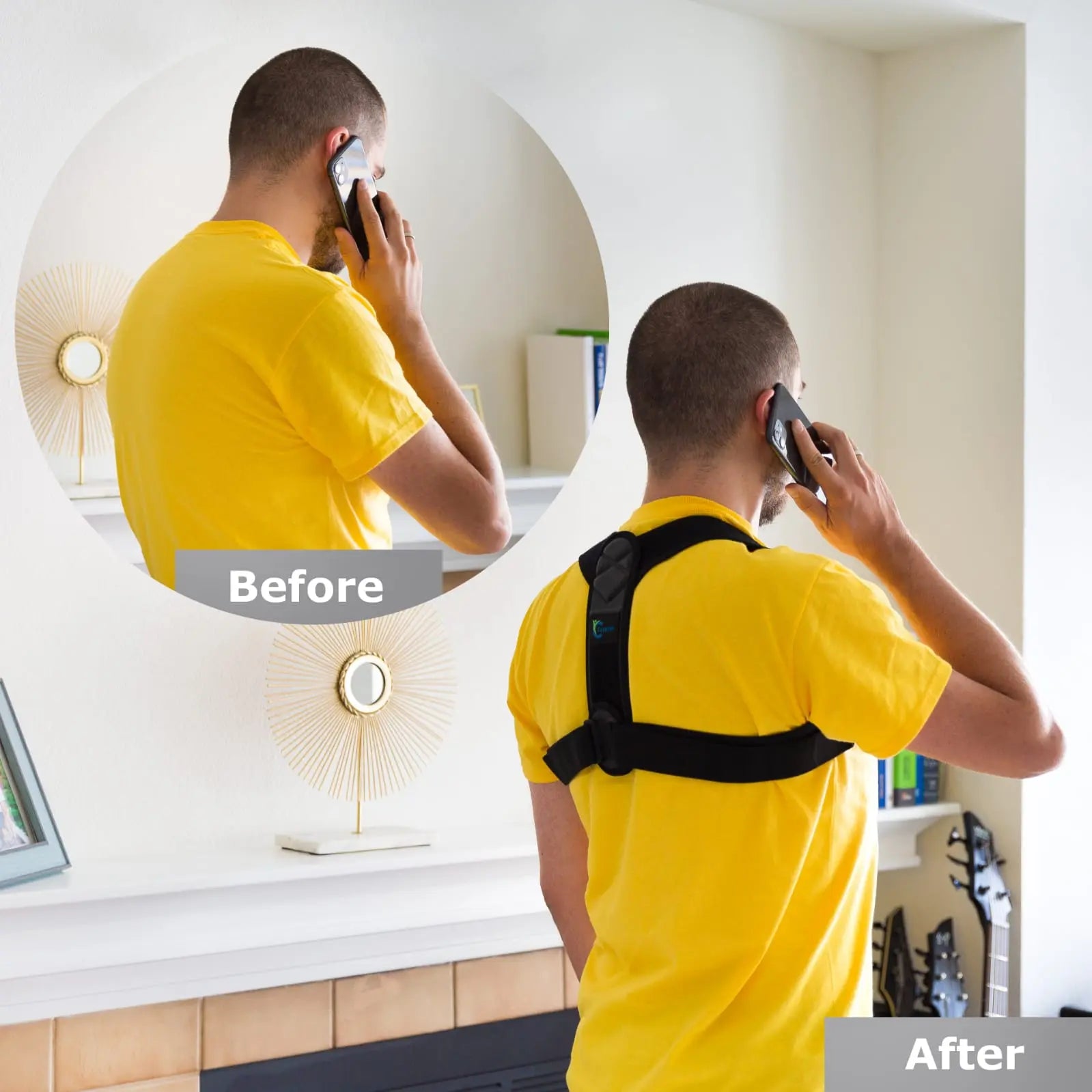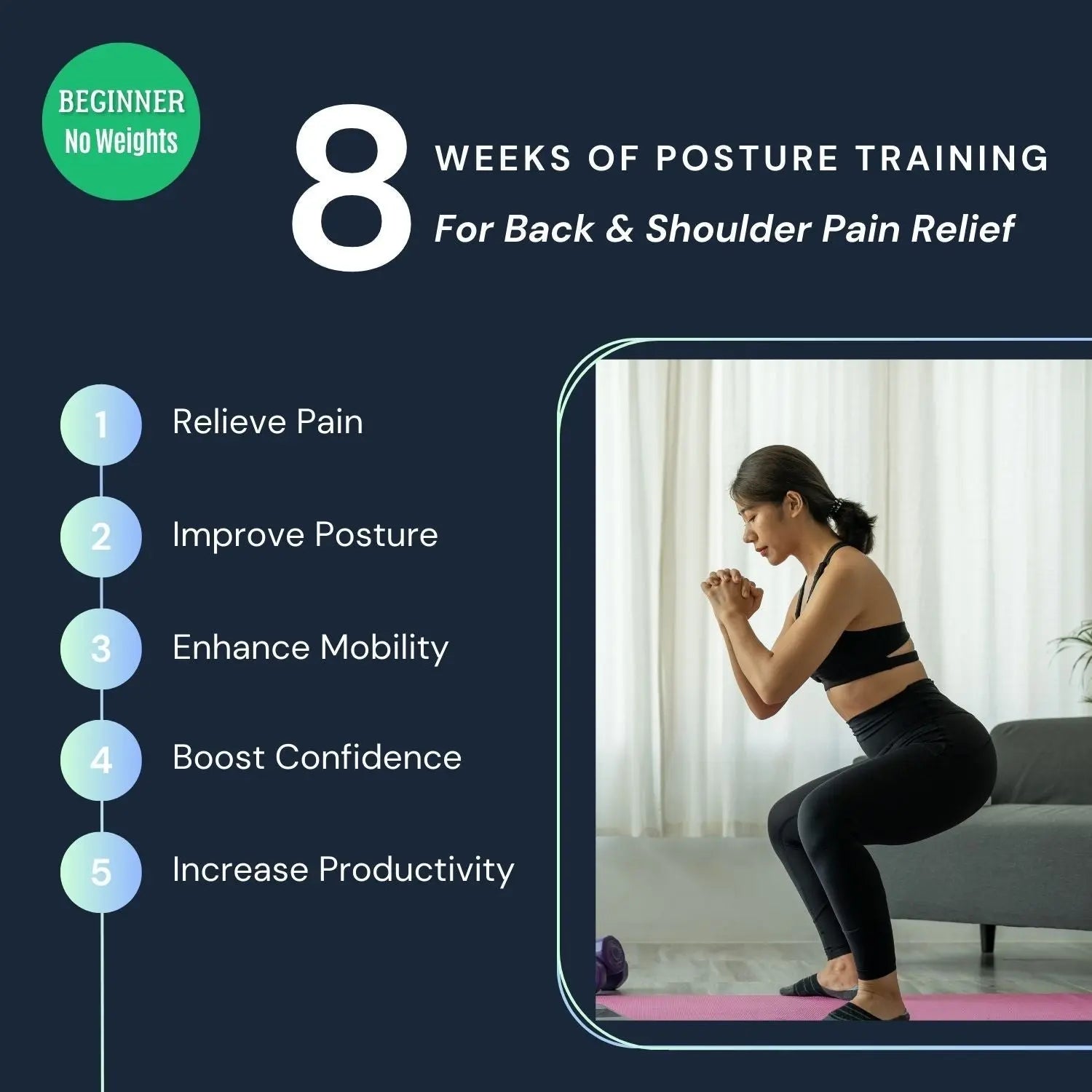How Flat Feet Affect Your Posture? Take A Stand!

The health of a person's posture suffers greatly by having flat feet. As bad posture can lead to a host of diseases and pain. You must know the connection between flat feet and posture. It negatively impacts your health, quality of life, and confidence.
This can cause pain and a higher chance of injury. People concerned about their posture and health must take preventive steps. Here, we will discuss flat feet, their causes, treatments, etc. To know how flat feet affect your posture, stay with us.
What Are Flat Feet?
Flatfoot is a condition in which one of the feet has a very low or no arch. The soles of the feet make contact with the floor when you stand.
Dr. Thomas Crompton says an arch may be there, but it is usually unclear unless you lift your leg.
While flat feet can run in families, they can also develop in time due to trauma or disease. Later in life, others get flat feet.
Injuries to the Achilles tendons, broken bones, cerebral palsy, RA, and other illnesses can all raise your chance of flat feet.
The rate of flat feet is high. It estimates that between 20 and 30 percent of the world's population has the disease. It's important to remember that not all cases of flat feet cause pain. Many flat-foot people live an active, fit life without serious issues.
How Does Flat Feet Affect Your Posture?
As a result, their effect on the biomechanics of both legs and the whole body can seriously affect posture. The arches of the feet are essential for good posture, balance, and balance of weight. The absence or presence of these arches can impact one's posture.
The foot's arch works, easing pressure on the body's joints. This spreads the weight of the body out over a wider area. So, the mechanics of moving around change, which can cause many postural problems.
Ankle misalignment is a common early symptom of having flat feet. It occurs when the ankle rolls inward without enough arch support.
When the body rolls inward, it might be tough to keep balance and posture. The knees may eventually bend inward. This changes hip alignment and causes a pelvic misalignment.
Ankle, knee, and hip misalignment all have knock-on effects on the spine. The body faces new stresses and joint stress types with each stride.
The spine must adapt to these changes, which may lead to lordosis or scoliosis. These shifts in posture can cause soreness, stiffness, and difficulty moving.
The effects of having flat feet on one's posture are sometimes severe. The normal posture of the feet is set off by flat feet, which has knock-on effects on the legs, knees, hips, and back.
Muscular problems, like poor posture and discomfort, may occur due to this misalignment in time. When you have flat feet, you might have posture concerns and pain that are easily managed with medical care and exercises.
Common Postural Problems Caused by Flat Feet
Flat feet can cause numerous postural problems lie overpronation knee alignment, hip and lower back pain, plantar fasciitis, bunions and hammertoes, poor posture, leg fatigue and muscle imbalances.
As a result, you will fail to complete daily tasks properly.
1. Overpronation
People with flexible, flat feet are more likely to suffer from overpronation. As the foot's structure weakens, the foot flattens and strains other sections of the foot unnecessarily.
Foot pain, heel spikes, metatarsalgia, and post-tibial tendonitis bunions are common due to overpronation.
2. Knee misalignment
Misalignment of the knee can be due to flat feet. Leg and knee activity gets harmed by flat arches.
Because of this, you might get pain and gait issues due to inside or outside knee rotation. You must avoid flat feet to keep the body in its natural position.
3. Hip and lower back pain
Flat feet can cause pressure in the hips and lower back. Without arches in the foot, it can cause posture problems in the hips and lower back. This may cause stress and make them more open to harm and damage.
Proper shoes, orthotic insoles, and activities can help relax this pain by lowering the stress on the hips and lower back.
4. Plantar fasciitis
Flat feet can lead to plantar fasciitis. When you have flat feet, you stress the plantar fascia, which connects your sole to your feet. Plantar fasciitis occurs when it gets stretched and strained.
People with flat feet with the right support, such as arch braces or footwear, can find comfort.
5. Bunions and hammertoes
Poor arch support from flat feet might cause the body's weight to be distributed poorly. The joint of the big toe can turn outward as a result.
Without proper arch support, the toes can bend inward, causing hammertoes. Wearing shoes with a good arch support can help this situation.
6. Poor posture
A hunched forward upper back, curved shoulders, and a bent lower back are results of misalignment. Back, neck, and limb pain are only some long-term effects of slouching.
Using orthotic insoles with appropriate arch support and activities to strengthen the core to enhance posture.
7. Leg fatigue and muscle imbalances
The balance of body weight may change as arches in the foot flatten. Fatigue, soreness, and weak muscles can develop over time.
It can impact both your posture and your ability to move easily. Orthotics or doing foot strengthening exercises is the solution to this problem.
Treatment for Flat Feet and Improving Posture
Every health problem comes with treatments. Flat feet are also no exception. By following the below treatments, you can get rid of flat feet and improve posture.
1. Non-surgical approaches
- Orthotic insoles
Arch support and better balance can be achieved with orthotic insoles, whether they are unique or over-the-counter.
Putting them into your shoes will give your feet extra safety and comfort. Most beneficial are custom orthotics, which are made to fit your feet.
- Physical therapy and exercises
Foot exercise, as part of the course of physical therapy. It can enhance arch support and general posture.
Your PT may suggest calf raises, stretches, and toe curls to help improve your feet and ankles. Improve your muscles and strength with the help of these workouts.
- Footwear recommendations
Finding proper footwear is crucial. Try to choose some comfortable, well-cushioned, and reliable footwear.
Shoes for those with flat feet are a specialty of some shoemakers. Wearing high heels or shoes without arch support can only worsen your posture.
2. Surgical options for severe cases
Non-surgical treatments for treating flat feet come first. Surgery, such as a muscle transfer or implant, may be looked at to heal the arch to better posture in severe cases. If you want personal guidance, see a doctor.
3. Lifestyle changes for better posture
Shoes with arch support can help with both poor posture and flat feet. Calf lifts and toe curls are great workouts for stretching. Keep your weight in check to ease the strain on your feet. Develop proper posture while standing or sitting.
4. Importance of seeking professional advice
Seek medical advice if you wish to correct your posture but suffer from flat feet. This can help you with pain, stability, and discomfort.
Getting help from a professional is the safest and most efficient way to improve your foot fitness and posture.
Related post: How to fix duck feet posture
Frequently Asked Questions (FAQs)
Does feet affect posture?
Yes, some conditions of your feet like flat feet will actively impact your body posture. As your posture depends on your lower body, feet also play a vital role to keep a good posture.
How does flat feet affect your body?
Flat feet can bring other issues like overpronation, and postural issues. Thus, if you don’t treat it on time, you will face several health hazards.
What are the disadvantages of flat feet?
Flat feet may cause several issues like spinal misalignment, arthritis, and bone spurs. Not only that, but it also causes your whole body to ache.
How do you fix flat foot posture?
You can use devices that provide extra support to your feet and relieve the pain. Besides, you can also do stretching exercises that alleviate your muscle pain and improve your condition.
Wrapping Up
Hope you are now clear about how flat feet affect your posture. It's important to remember that it can take several weeks of regular exercise before you see any results. Keep up the good work, and do the workouts even after feeling better.
Gaining a deeper knowledge of your body can help to change your posture during regular activities. Focus on your posture and make small changes if necessary. If you have trouble standing or walking, you should see a doctor. Orthotics may also help you.























